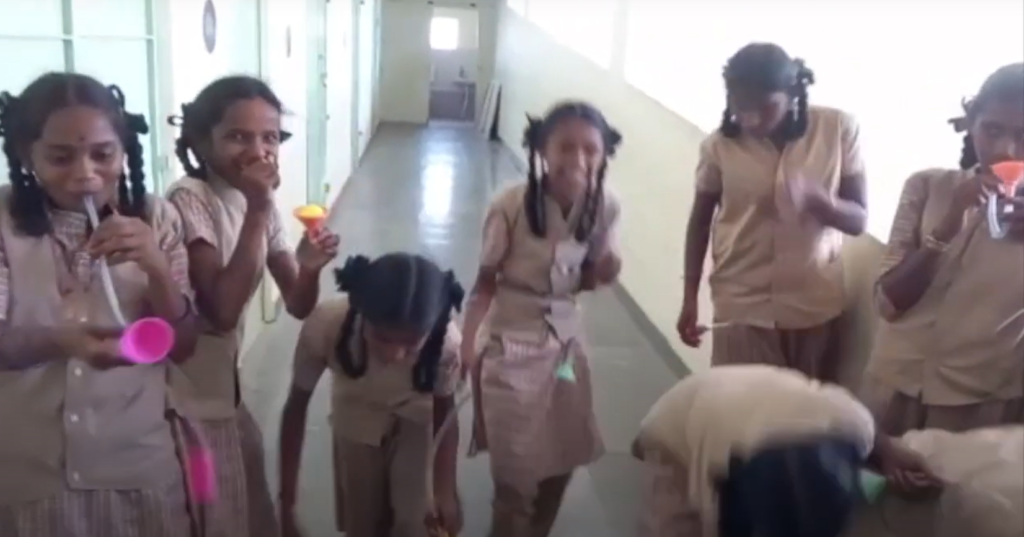
Incorporating early innovation and teaching alternate science and math subjects in schools for students in classes 5-8 can be both engaging and educational. These approaches can spark interest in STEM (Science, Technology, Engineering, and Mathematics) fields and foster critical thinking skills. Here are some teaching ideas:
- Project-Based Learning (PBL): Assign students projects that require them to research, design, and create solutions to real-world problems. For example, they can design simple machines or conduct experiments to understand scientific concepts.
- STEM Challenges: Organize STEM challenges where students work in teams to solve problems using hands-on activities. Challenges can include building bridges, creating simple robots, or designing eco-friendly energy solutions.
- Coding and Robotics: Introduce coding and robotics as part of the curriculum. Use platforms like Scratch or educational robots like LEGO Mindstorms to teach programming concepts.
- STEAM Integration: Include art and design into STEM subjects, creating STEAM (Science, Technology, Engineering, Arts, and Mathematics) projects. For example, students can design and build sculptures inspired by mathematical concepts.
- Math in Everyday Life: Show how math is relevant to daily life. Teach topics like budgeting, measurement, and spatial geometry through practical applications.
- Science Experiments: Conduct age-appropriate science experiments that can be easily replicated in the classroom. Encourage students to observe, hypothesize, and draw conclusions.
- Outdoor Learning: Take students outdoors for nature walks and outdoor experiments. Teach ecology, biology, and environmental science through hands-on experiences.
- Gamification: Use educational games and simulations to teach complex scientific and mathematical concepts. Platforms like Kahoot! and educational apps can make learning fun.
- Guest Speakers: Invite scientists, engineers, and mathematicians to speak to the class or organize field trips to STEM-related workplaces to show real-world applications.
- Innovation Challenges: Challenge students to come up with innovative solutions to societal problems. Encourage them to think critically and develop entrepreneurial skills.
- Science and Math Clubs: Start extracurricular clubs where students can explore STEM subjects in depth, conduct experiments, and engage in discussions.
- Interactive Technology: Utilize interactive whiteboards, tablets, and educational software to create engaging lessons and simulations.
- Storytelling: Use storytelling to explain complex scientific or mathematical concepts. Create narratives and scenarios that make learning more relatable.
- Hands-on Math and Science Kits: Provide hands-on kits that allow students to explore math and science concepts through experiments and activities.
- Peer Teaching: Encourage students to teach their peers about a specific topic. This not only reinforces their own understanding but also promotes collaboration.
- Critical Thinking Challenges: Present students with puzzles, riddles, and brain teasers that require mathematical and scientific thinking to solve.
- Interdisciplinary Projects: Combine different subjects to solve problems or create projects. For instance, students can explore the mathematics behind music or the science of cooking.
- Real Data Analysis: Analyze real-world data sets, which can include climate data, population trends, or scientific research findings.
- Ethical Discussions: Engage students in discussions about the ethical implications of science and math innovations, encouraging them to think critically about the consequences of their work.
- Individual Research Projects: Allow students to choose topics of interest and conduct independent research projects, encouraging curiosity and self-directed learning.
By incorporating these innovative teaching ideas, educators can make science and math more engaging and relevant for students in classes 5-8, sparking their interest in STEM subjects and nurturing their critical thinking skills.